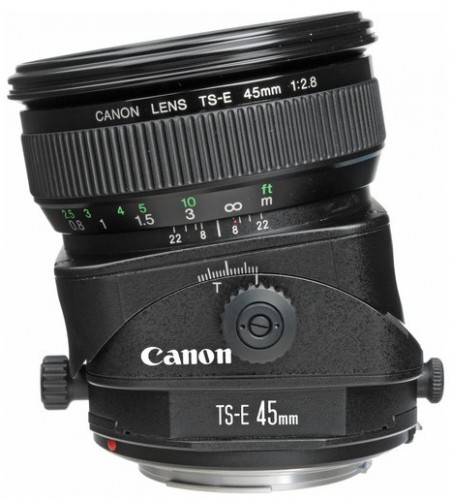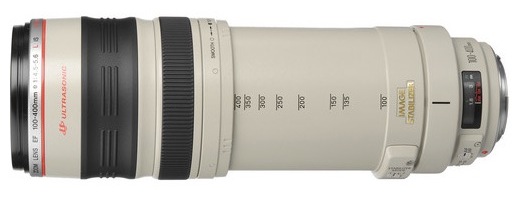
Following up a previous rumor, there is more noise of a pair of new tilt-shift Canon lenses due in early 2014. The current TS-E 45mm f/2.8 and TS-E 90mm F/2.8 are well-overdue replacement and should find similar updates as seen in the recent Canon TS-E 17mm f/4L and TS-E 24mm f/3.5L II lenses. We could see an announcement later in 2013, but rumors suggest that they won’t be available until 2014.

Additionally, two more Canon lenses are rumored for launch in 2013. No specific rumors or leaks on what models this time around; however, I suspect that at least one of them will be a EF 28-300mm or 100-400mm replacement that has been previously rumored.
[via Canon Rumors]


I own a full set of Canon tilt-shift lenses. By coincidence, I ran these rumors past a Canon factory rep on Friday. Of course, they say nothing until an official announcement is made, other than noting the the existing 90mm tilt-shift is reputed to be one of the best lenses in the Canon line, notwithstanding the dated design.
There are three things going on here:
1) Lens mechanics. These are manual focus lenses with added complexity of tilt and shift movements. The newer designs in this series (17mm and 24mm) have far superior designs that are much more flexible in the combination of tilts and shifts which can be applied in conjuction with the axis of rotation on the entire lens barrel. Incorporation of this newer mechanical design would be a major improvement in the 45mm and 90mm.
2) Manual focus improvement. The 45mm, in particular, though a fine lens, does not have the super precise manual focus that is needed in a lens of this type. Specifically, there is a bit of slop in the focus, like a steering wheel in a car where you can wiggle the wheel several degrees with no effect. I use a Zacuto Z-Finder combined with 10x Liveview to precision focus, and the existing 45mm lens leaves a lot to be desired – any degree of sloppiness in the focus being not acceptable. I hope Canon is paying attention to the actual manual focus mechanicals and not just incorporating the updated tilt shift design. These tilt-shift lenses really need to be built to a higher standard like the focus mechanisms in a cine lens, which are all about fine threads and long barrel throws, and not just de-clicked apertures and geared focus and aperture rings.
3) The final consideration is the possibility of a Canon DSLR camera in the 40 megapixel class. Only Canon knows what products are in development, but obviously, greater density on the sensor requires higher performance optics. And these tilt-shift lenses are key.
I’m old school enough that it is important to me to have these manual focus lenses in the Canon line. Auto focus is a wonderful thing, and critical in some applications, but ultimate image quality will always result from an expert user and all the automation-clutter of modern cameras turned off. The short-throw focus mechanisms on modern auto focus lenses simply defeat manual override with any real precision. So applause for Canon if they not only revise the 45mm and 90mm designs, but also pay real attention manual focus mechanisms – and maybe they will, given their new found interest in cine glass. Maybe a new generation of lens designers and photographers will come to appreciate manual focus.
BTW – not mentioned, but also welcome – optical improvements. This will be more important in context of a 40 megapixel class camera, though optical quality is always welcomed. The new 24mm tilt-shift, for example, is a huge improvement over the previous generation, particularly in control of chromatic aberration. This is a huge thing for lenses of this type. As an architectural photographer, the 24mm is the most important focal length in the entire range of Canon tilt-shift lenses, and the previous 24mm design was always torture because of poor chromatic aberration performance at transition lines between dark and light. This presented major problems in almost every picture because of windows, where purple or green fringes would appear at every window opening and wall. Control of chromatic aberration alone justified the cost on the new 24mm tilt-shift for many photographers like me.
Tilt-shift lenses allow critical photographers to get things right in camera. This reduces post-production time in Photoshop, and results in a superior image. Canon’s tilt-shift lens line is a compelling advantage for the Canon system, and the primary reason I continue to shoot with Canon for 40+ years.
I really hope we see the 100-400 replacement soon.